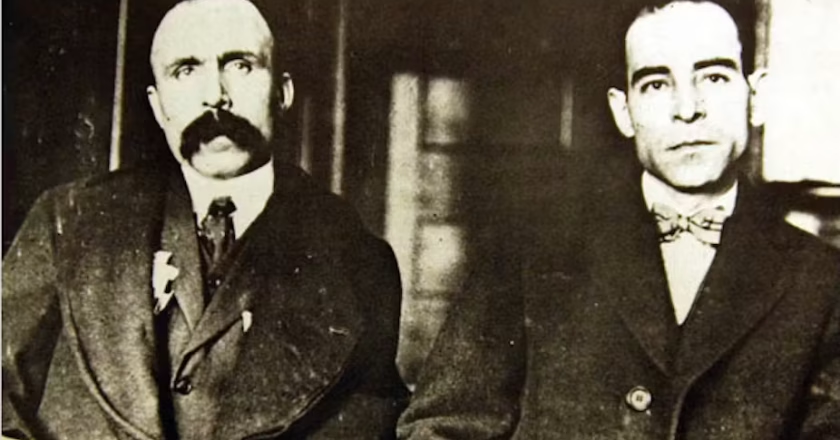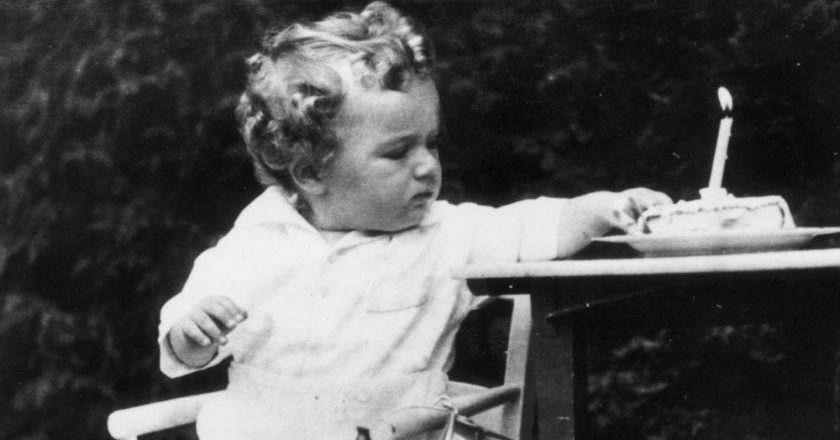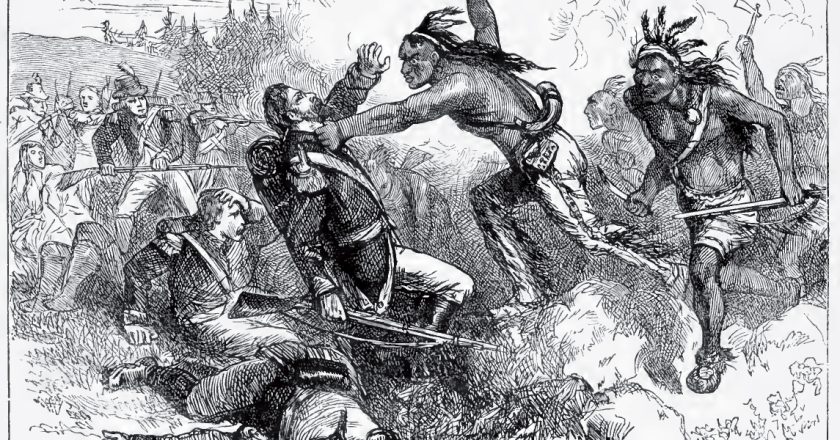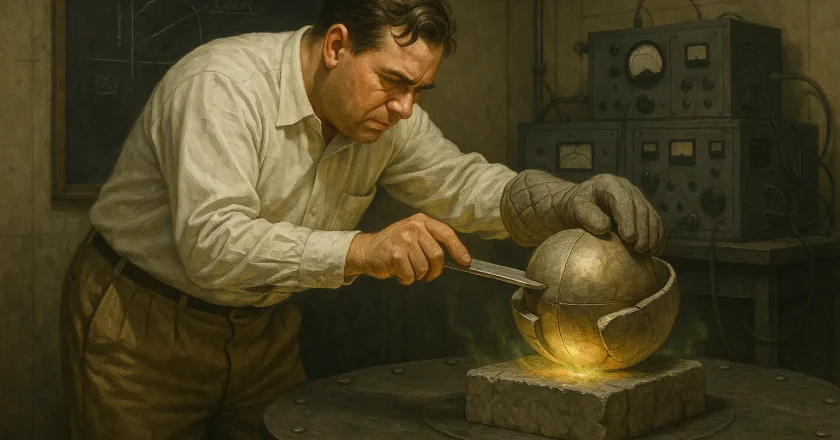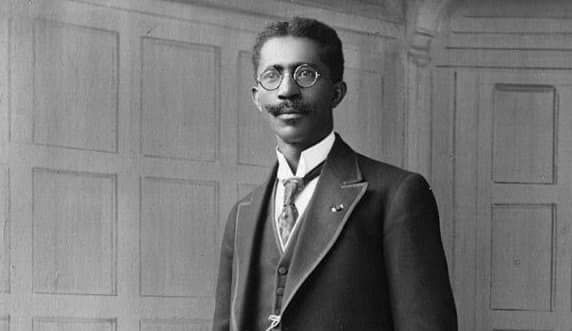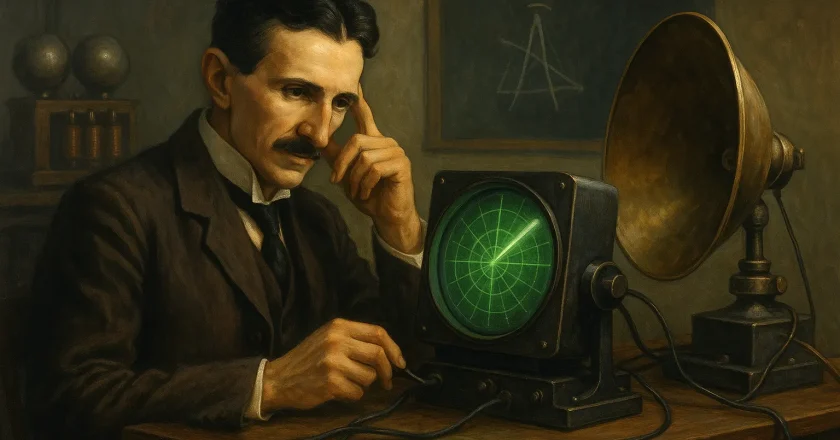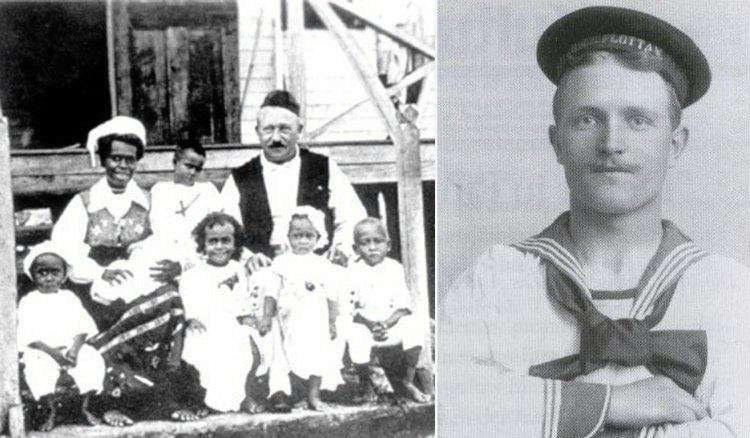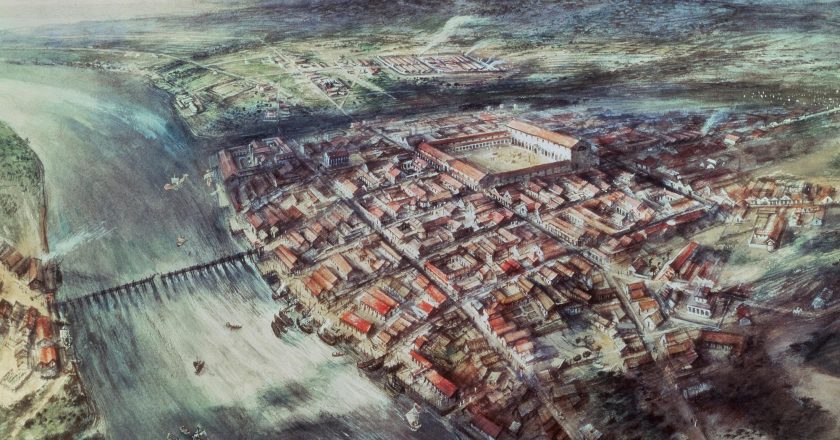Theft of the Mona Lisa: The Art Heist That Made a Masterpiece a Legend
On the morning of August 21, 1911, visitors to the Louvre Museum in Paris discovered an empty space on the wall where Leonardo da Vinci’s Mona Lisa had once hung. The painting—perhaps the most enigmatic and iconic artwork in human history—had vanished without a trace. What followed was a whirlwind of international scandal, wild speculation, false arrests, and media frenzy that turned the Mona Lisa from a prized Renaissance portrait into a global cultural obsession.
This wasn’t merely a theft—it was a transformative moment in art history, public consciousness, and the mythology surrounding Leonardo’s mysterious lady with the inscrutable smile.
The Mona Lisa Before the Theft
Before it was stolen, the Mona Lisa—or La Joconde as it is known in France—was admired mainly by art connoi...



